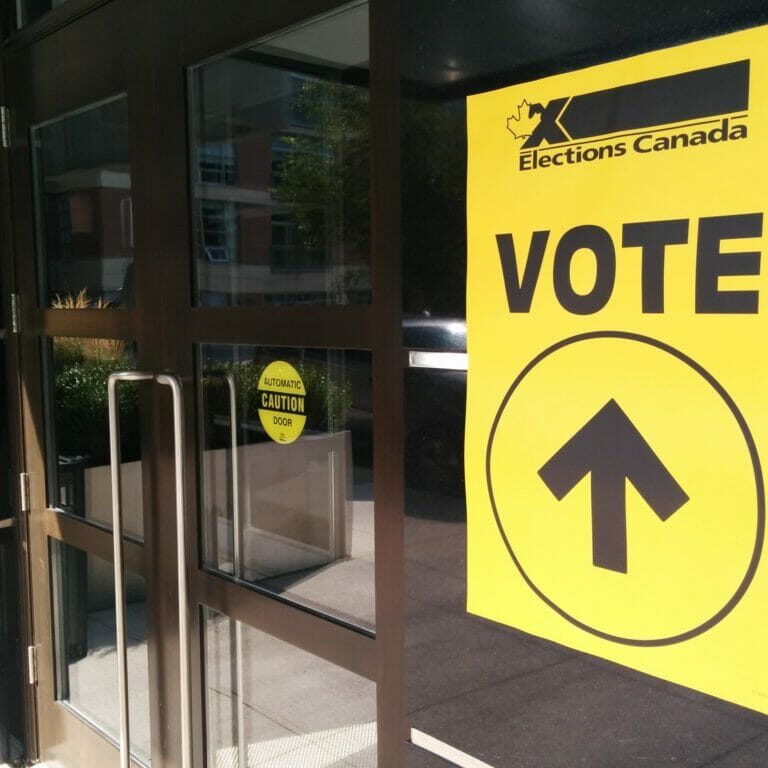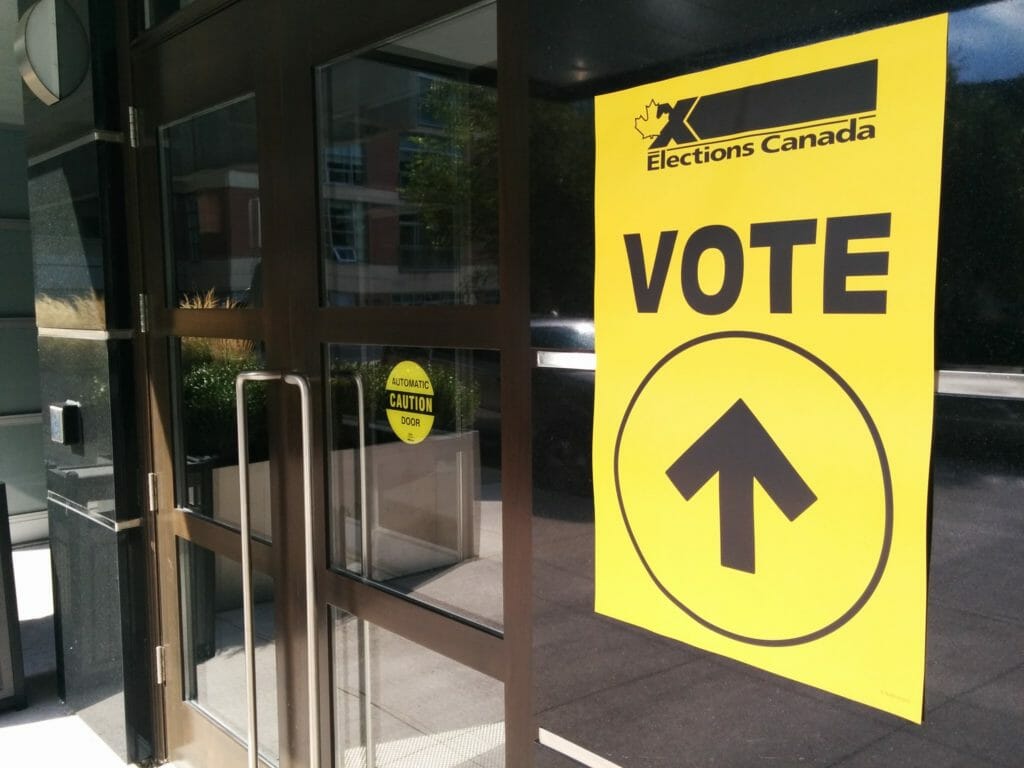
For the first time in over 50 years, students and youth make up the largest voting bloc in the upcoming federal election. This puts pressure on political campaigns to address issues advocated by youth and enact meaningful change if elected.
The Canadian Federation of Students – Nova Scotia (CFS-NS) is once again partnering with Elections Canada. The partnership had a successful pilot during its 2015 campaign aimed at increasing the amount of polling stations on university campuses. After seeing a nearly 20 per cent increase in the student and youth vote in the 2015 election, CFS is increasing the number of on-campus polling stations from 70 to 115.
CFS-NS has a new campaign underway — Time to be Bold. The campaign urges voters to be #BoldAtThePolls; students should be demanding change from politicians and voting for candidates who have developed platforms that reflect issues concerning youth.
The campaign has four main pillars, says Kassidy Bernard, an organizer with CFS-NS and bachelor of design graduate from the Nova Scotia College of Art and Design. These pillars encompass fairness for international students, learning rights for Indigenous students, a livable wage and climate for all and ultimately: free and accessible education.
Lianne Xiao, chairperson of CFS-NS says “the first goal of the campaign is to make sure students go out to vote.”

More barriers, more voters
Nova Scotia has simultaneously one of the lowest minimum wages and highest tuition rates in the country. This creates barriers for students seeking post-secondary education in the province. These barriers have hit international students in particular, who saw an 11 per cent increase in tuition at Dalhousie for the 2019-20 school year.
“Students are being crushed by debt and the rising cost of tuition, and we want to see a plan to tackle access to education and the climate crisis,” says Xiao in an August press release. “Students are and will be watching what parties are saying about our issues.”
Xiao says that special ballot polling was available on campuses throughout Halifax between Oct. 5-9, giving students and youth additional time to cast their ballots.
“Just from those numbers alone, I’m excited to see how many people are coming out and going to the polls,” they say. “Every vote counts. I hear this all the time ‘oh, my voice doesn’t matter,’ but actually, it does in a big way.”
CFS-NS hosted a student issues debate on Oct. 8 at the University of King’s College featuring candidates running for member of parliament in the Halifax riding. The debate provided students the opportunity to put candidates in the hot seat regarding the climate crisis and barriers to free education.
Christine Saulnier of the NDP and Jo-Ann Roberts of the Green Party attended, while
Liberal incumbent Andy Fillmore and Conservative candidate Bruce Holland backed out the day of the event.
Social media informs
Kassidy Bernard, who recently began an illustration and design business with her sister in Cape Breton, won a competition to have a “sticker” featured on Instagram users’ stories during the election period. Her sticker, an interactive button on the social media platform, tells followers “I voted, have you?”
Bernard hopes the sticker will give incentive to students and youth voters. Instagram users can create “group stories” that show a list of your friends who have already gone out to the polls. Her sticker will become accessible on Instagram stories in the three days leading up to election day.
Facebook has also partnered with Elections Canada, during this campaign period, to install an alert on its News Feeds that remind and encourage voters to register. Bernard believes it’s good that social media networks are using their tools to inform Canadians about the upcoming election. “That’s where a lot of people go to get information anyway.”
Main concern: climate
The climate crisis is a primary student issue this election period. Our Time is a youth-led movement across the country dedicated to creating a Green New Deal for Canadians. With a Halifax branch, Our Time held a “Green New Deal Town Hall” demonstration on July 6 to encourage a climate debate with federal leaders. “The government we elect on Oct. 21 will lead us through four of the 11 years we have to transform our economy,” reads the Our Time website.
“Voting is a form of harm reduction,” says Kassidy Bernard. “It’s basically one of the quickest, simplest, easiest, most convenient ways to advocate for what you want by voting. It takes 10 minutes.”
Don’t know who to vote for? Read our party round-up.






